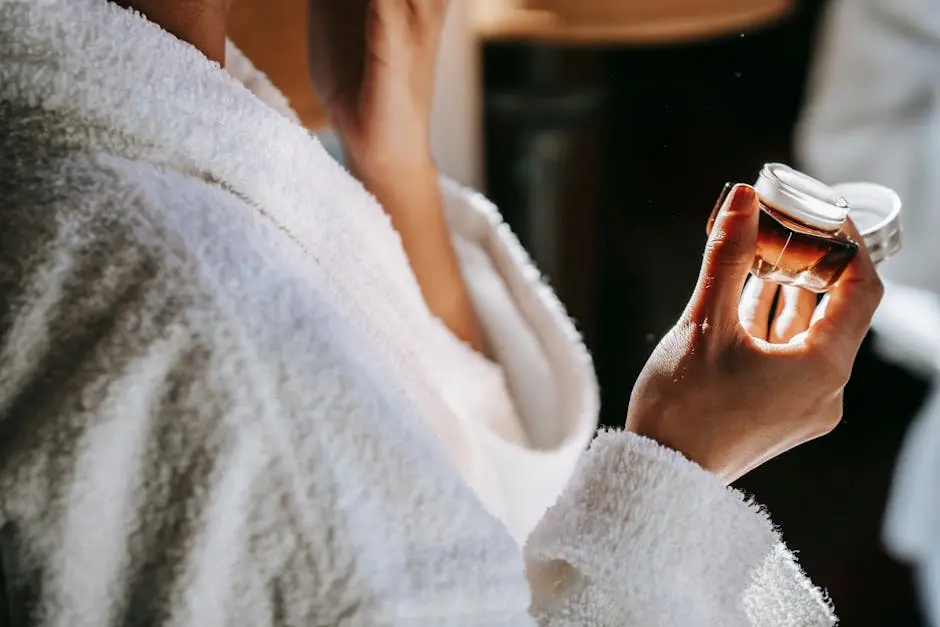Facial fat transfer is a popular cosmetic procedure that involves using your own body fat to enhance and rejuvenate the face. But is it the right choice for you? In this FAQ, we’ll explore the characteristics of good candidates for this treatment.
Understanding Facial Fat Transfer
Before determining if you’re a good candidate, it’s essential to understand what facial fat transfer is and how it works.
Facial fat transfer, often referred to as lipofilling, involves the gentle harvesting of fat from areas such as the abdomen or thighs. This fat is then carefully injected into areas of the face to restore volume, improve contours, and provide a more youthful appearance.
Understanding the process helps set the stage for evaluating whether this treatment aligns with your needs. It’s not just about fat removal; it’s about artistry and creating a harmonious balance in facial features.
As you consider this procedure, think about the areas where you may want enhanced fullness, such as the cheeks or under the eyes. The more you know, the better equipped you’ll be to make informed decisions.
Evaluating Fat Reserves
A crucial factor in being a suitable candidate is having enough fat in other areas of the body to be harvested for transfer.
Typically, ideal candidates possess excess fat in areas like the abdomen, hips, or thighs. This fat can be gently removed with minimal scarring and discomfort.
For those who are too lean or do not have adequate fat reserves, facial fat transfer may not be the best option. In such cases, alternative treatments, such as dermal fillers, might be more suitable.
It’s essential to approach the assessment of fat availability realistically. During your consultation, the specialist will perform assessments to determine the best harvesting methods for your situation.
Desired Outcomes and Expectations
It’s important to clarify what enhancements you seek and whether they align with realistic outcomes of the procedure.
Every candidate has different aesthetic goals. Some may seek to restore volume lost to aging, while others might want to correct asymmetries. It’s vital to communicate these goals with your specialist.
While facial fat transfer can yield beautiful results, managing expectations is crucial. Not every desired change can be achieved in one session, and results will vary depending on factors such as the amount of fat available and how well the body accepts the transferred fat.
Having a detailed discussion with your specialist about what to expect can help guide you toward an outcome that meets your satisfaction. This process will enable both you and your doctor to align your expectations.
Health Considerations
Candidates should be in good overall health without major medical conditions that could complicate the procedure.
Certain health conditions, such as uncontrolled diabetes or blood clotting disorders, may pose risks during surgery. It’s vital to disclose your complete medical history to your physician during the consultation.
Additionally, individuals who smoke may face challenges, as smoking can impede the healing process and affect blood flow. If you are a smoker, consider talking to your doctor about strategies for quitting before the procedure.
Ultimately, being in good health not only contributes to a successful procedure but also enhances the recovery process, allowing for optimal results.
Consultation with a Specialist
The final step in determining candidacy lies in consultation with a cosmetic specialist who can provide personalized advice based on your specific situation.
This appointment is your opportunity to ask questions, evaluate the surgeon’s experience, and explore any concerns you may have. A good specialist will take the time to listen to your goals and discuss your options thoroughly.
During the consultation, the specialist may also perform evaluations to gauge your facial structure and analyze the best techniques for harvesting and transferring fat.
Remember, this is not just about the procedure; it’s about forging a partnership with a trusted professional who will guide you through the entire process. Establishing trust and comfort with your specialist is essential for your peace of mind.
Conclusion
In summary, good candidates for facial fat transfer are those with adequate fat reserves, specific aesthetic goals, realistic expectations, and no significant health concerns. If you feel you match these criteria, consult with a qualified specialist to discuss your options.


